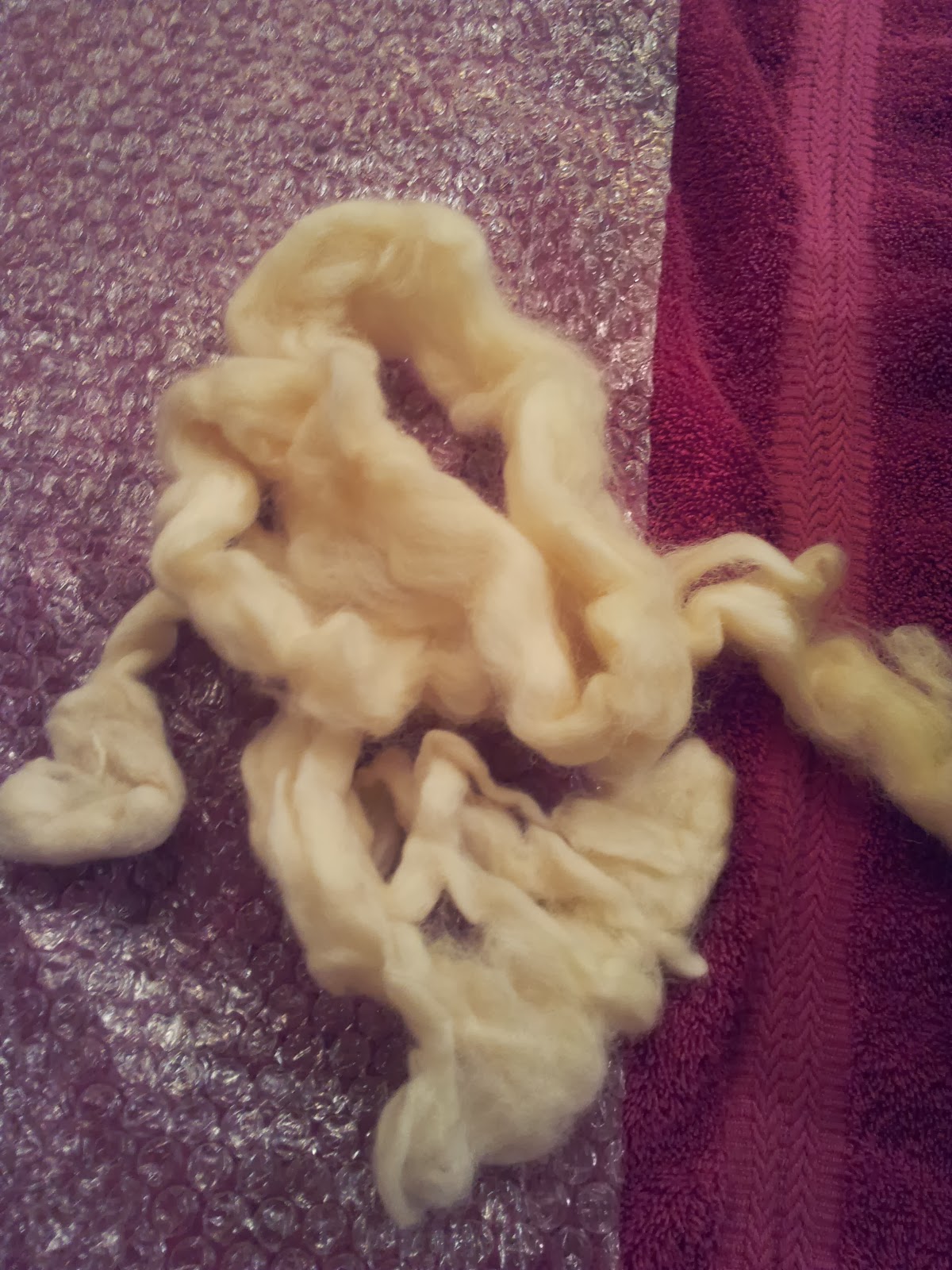Picture this, but the size of a dinner plate.
Anyway, for this soup I am sticking to the old standby acorn squash.
First, preheat your oven to 400*. Wash 1 acorn squash and 1 large sweet potato. Puncture them both with a knife and roast them for 1 hour. ( I use foil or parchment on a cookie tray for easy clean up). Cool for 15 minutes or so for easier handling.
Heat a large pot on med/high heat with a bit of butter, avocado oil, or another high heat oil. Chop 2 carrrots, 2 garlic cloves, and 1 small onion and saute them in oil until softened.
Add about 3 cups of chicken stock and your peeled and seeded cooked squash and sweet potato.
Stir in a dash of cayenne, a pinch of nutmeg and a sprinkle of curry powder. Bring to a simmer and cook for about 10 minutes or until all the vegetables are soft.
Add more chicken stock or water if it looks like it might be too thick.
Blend soup with an immersion blender, blend in batches in the blender, or mash with a potato masher until desired consistency is reached.
Serve with a good dollop of sour cream or garnish with parsley or parmesan cheese.

























